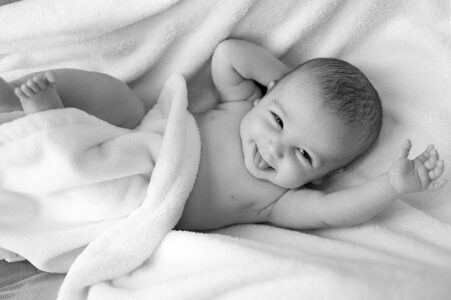Researchers say that by the age of 3, it is possible to know whether a child will abuse alcohol or illicit substances during adolescence.
THE ABILITY TO CONTROL THEIR IMPULSES
American researchers have followed 514 children of alcoholics over the last decade. While the children were aged 3 to 5 years, trained interviewers measured their ability to control their impulses and behaviour (behavioural control) and their flexibility to adapt their self-control to environmental demands (resilience). They continued to assess these behaviours every three years until the age of 12-14. When the children became adolescents, they themselves provided information about their alcohol and drug use.
BEHAVIOURAL CONTROL
Results showed that behavioural control and resilience predicted the onset of alcohol and illicit drug use in adolescence. Children with low levels of behavioural control between 3 and 5 years of age, and those whose behavioural control changed more slowly over time, were more likely to drink at an early age (14 years), to have been drunk, to have more alcohol problems and to have used drugs other than alcohol. In addition, adolescents with high resilience in early childhood were less likely to start drinking and to be drunk at an early age. They were also less likely to show signs of sadness, anxiety, aggression or delinquent behaviour.
Scientists also found that although having an alcoholic parent significantly increased the risk of early alcohol use, it did not increase the risk of illicit drug use.
These findings are essential because there is evidence that young people who drink alcohol (at 14 years of age or younger) are more likely to become dependent on it as adults. While behavioural control and resilience in early childhood may indicate a risk of drug and alcohol use, programs designed to change these behaviours can preserve these individuals from future dependence.


